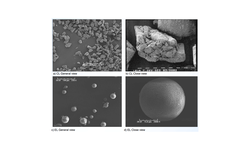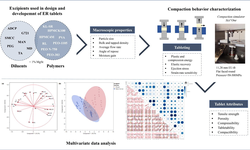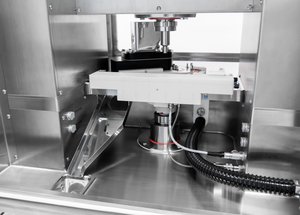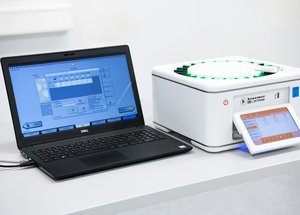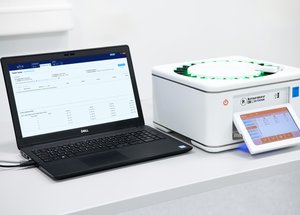Scientific papers
This study focuses on the drying of Saccharomyces cerevisiae, a yeast variety that includes the probiotic Saccharomyces boulardii. Ensuring microbial viability is crucial for effective dosage forms, especially for probiotics delivering health benefits. Fluidized bed spray granulation was investigated as a drying method, offering advantages over lyophilization and spray drying in terms of faster drying and lower temperatures. Yeast cell suspensions, enhanced with protective additives, were sprayed onto carrier particles made of common tableting excipients—dicalcium phosphate (DCP), lactose (LAC), and microcrystalline cellulose (MCC). Various protectants, including mono-, di-, oligo-, and polysaccharides, as well as skimmed milk powder and one alditol, were tested to enhance survival during dehydration. When trehalose and skimmed milk powder were combined, survival rates were 300 times higher compared to formulations without protective additives. The study also considered process parameters like inlet temperature and spray rate, demonstrating that thermal stress is critical to microorganism survival. Factors such as reducing the inlet temperature or increasing the spray rate, alongside formulation parameters like cell concentration, influenced survival. The research identified key factors affecting microorganism survival during fluidized bed granulation and established their correlations. Tablets were produced from granules using the three different carrier materials, and microorganism survival was linked to the achieved tablet tensile strength, with lactose yielding the highest survival throughout the process chain.
Comments
No comments posted yet.
Add a comment

